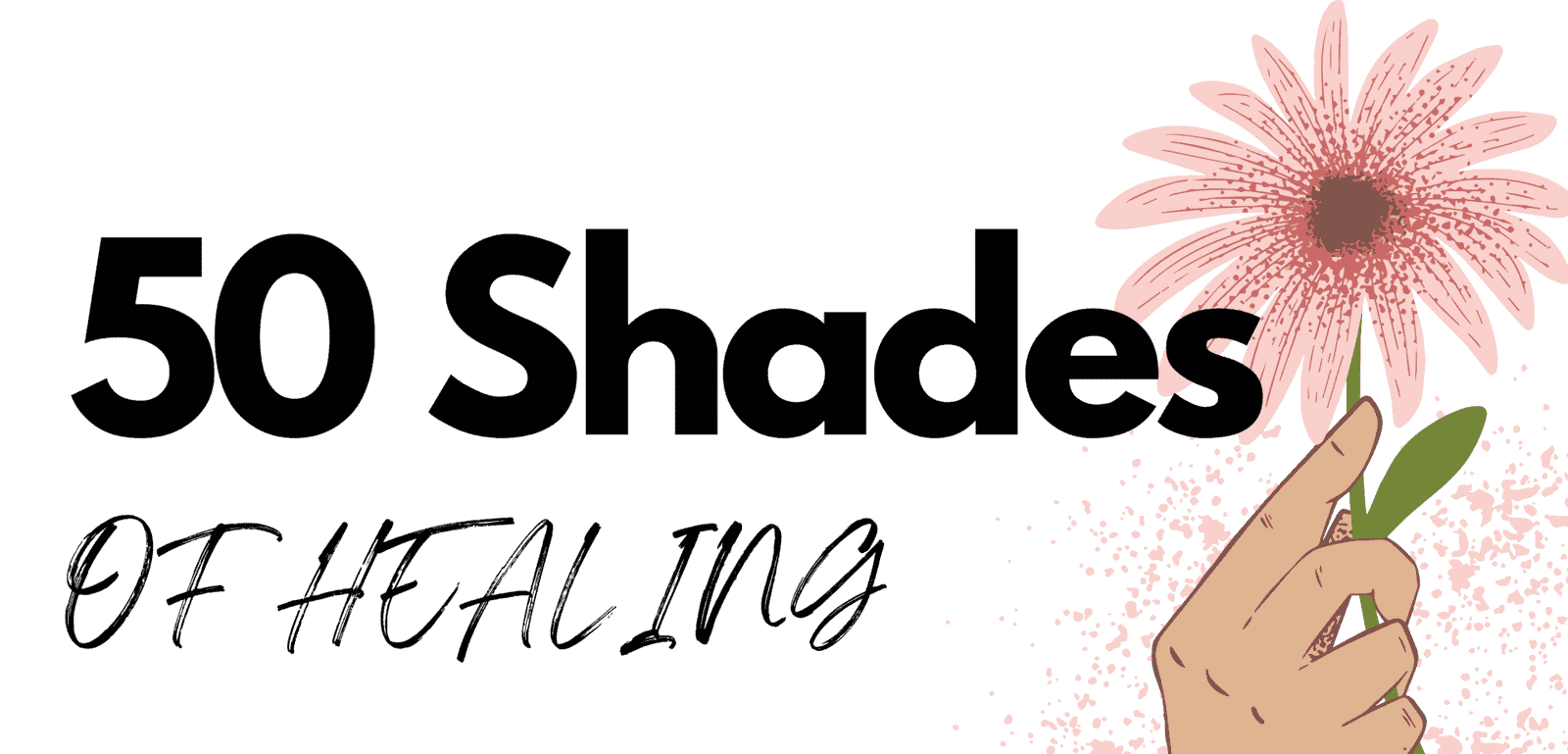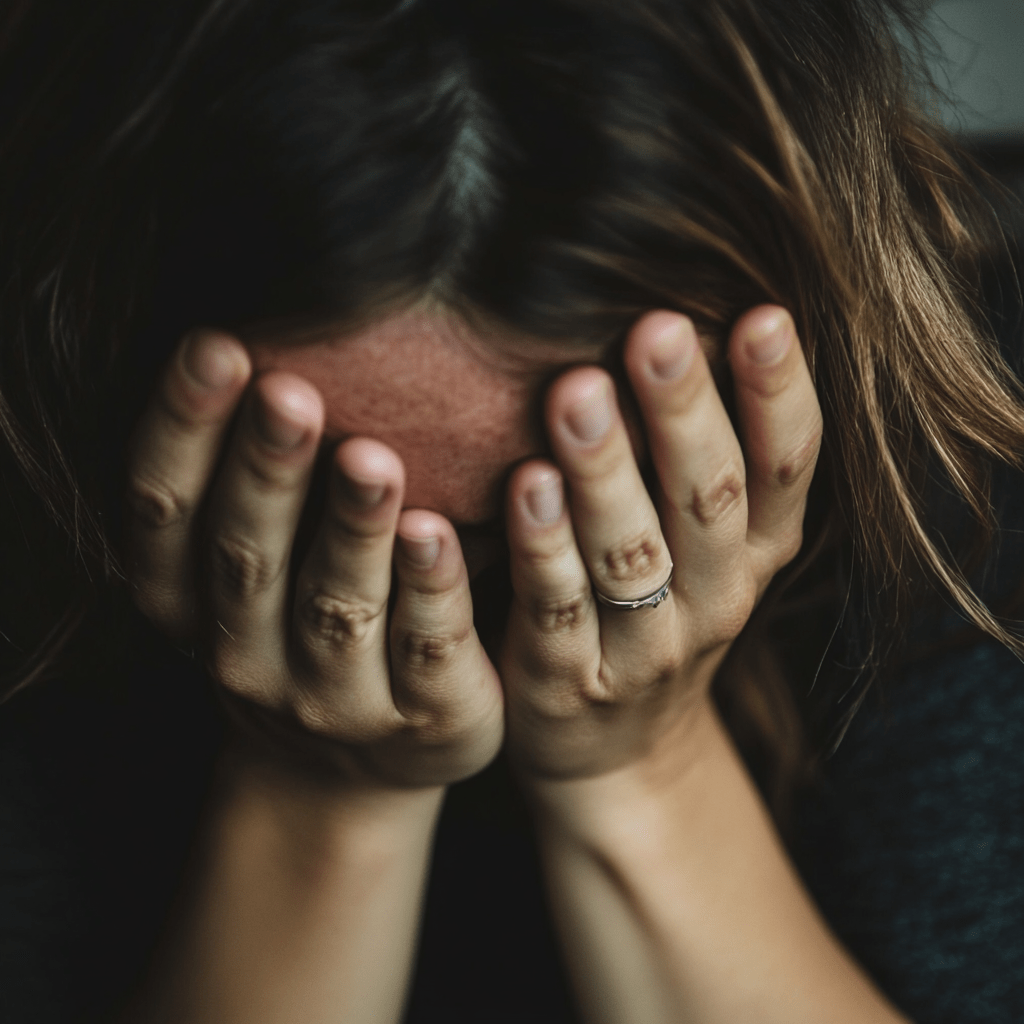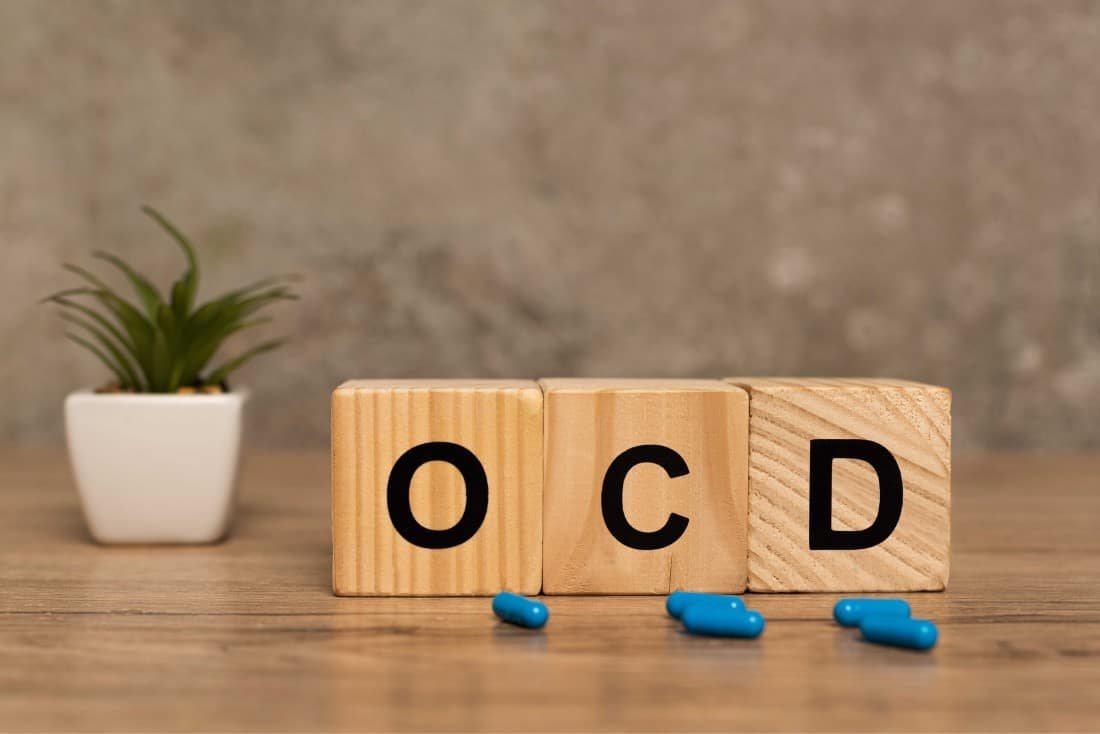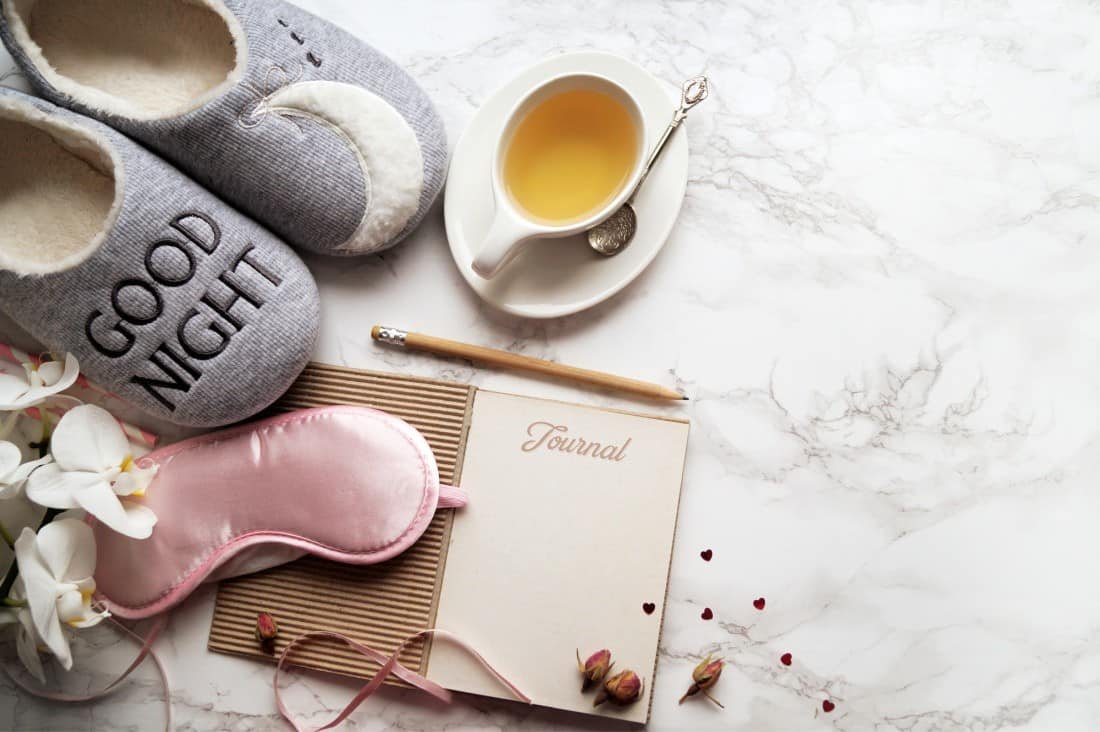How Exercising Can Be a Stress Reliever
Most people think of exercising as a way to get in better shape or to lose weight, but it can also be a great stress reliever. Exercise releases endorphins, which are hormones that make you feel good.
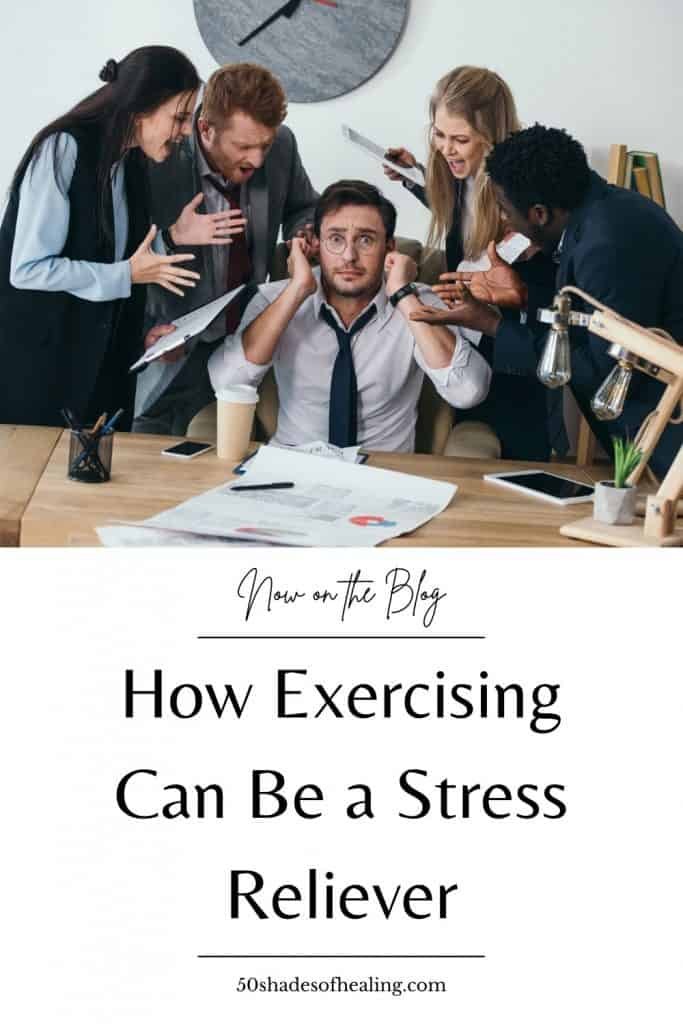
They help to block the pain signals from your brain and can improve your mood. So if you’re feeling stressed out, consider heading to the gym or going for a run.
It may be just what you need to relieve some of that tension!
Stress affects every single one of us in different ways, and we may all respond or react to stress uniquely. One of the most common ways to manage stress is through physical activity.
We take a walk to clear our minds from a stressful day at work. We jog or run to distract ourselves from anything stressful.
We do yoga for a more meditative kind of stress management. Breathing exercises and relaxation techniques are also part of stress relief activities that we can do when we are stressed.
Let’s learn more about how physical activity, particularly exercising can be a stress reliever.
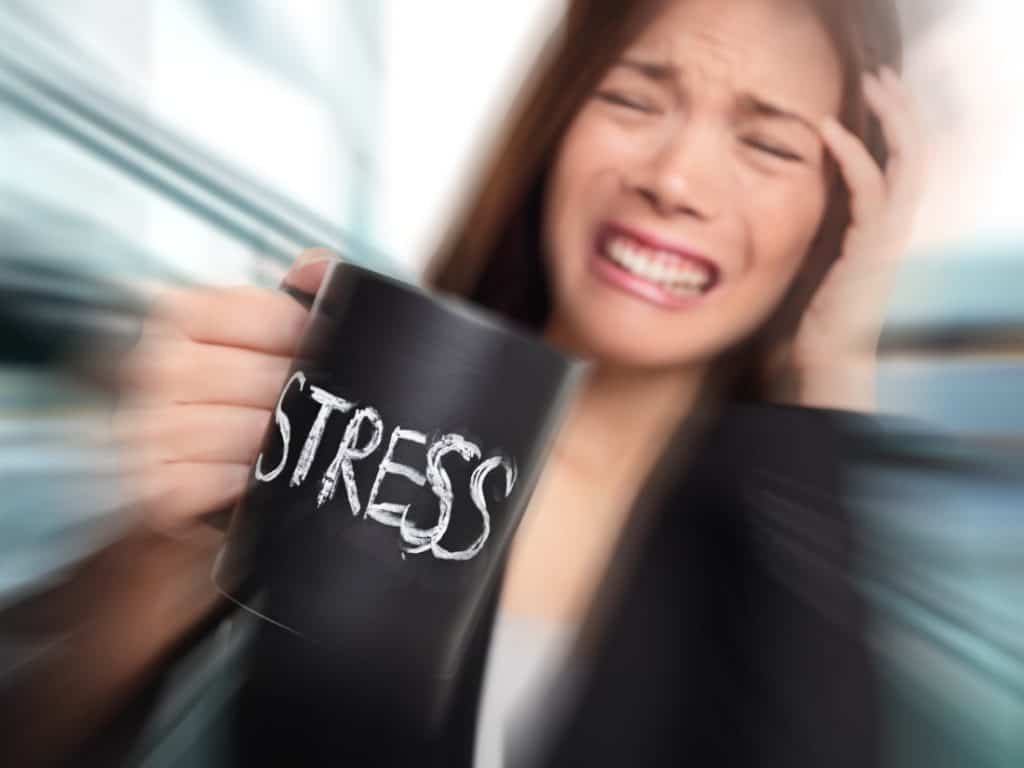
How Does Stress Affect Our Body?
Stress affects all the systems in our body, more significantly, our mental health. When stress becomes chronic, it can have relevant effects on our bodies.
We may manifest bodily symptoms of stress such as:
- Tensed muscles/chronic muscle tension in the face, neck, and shoulders
- Tension headache and migraine
- Shallow breathing or shortness of breath in stressful situations
- Hyperventilation
- Exacerbation of COPD or asthma
- Chest pain or angina, heart attack, or stroke
- Irregular menses in women
- Difficulty sleeping or insomnia
- An increase in steroid hormones like glucocorticoid and cortisol can lead to obesity, diabetes, depression, and immune system disorders
- Abdominal pain or bloating
- GERD
- Nausea and vomiting
- Stress-induced ulcer
- Irritable bowel syndrome
- Easy fatigability
- Decreased libido
- Postpartum depression
All these physical manifestations are effects of chronic stress on our bodies.
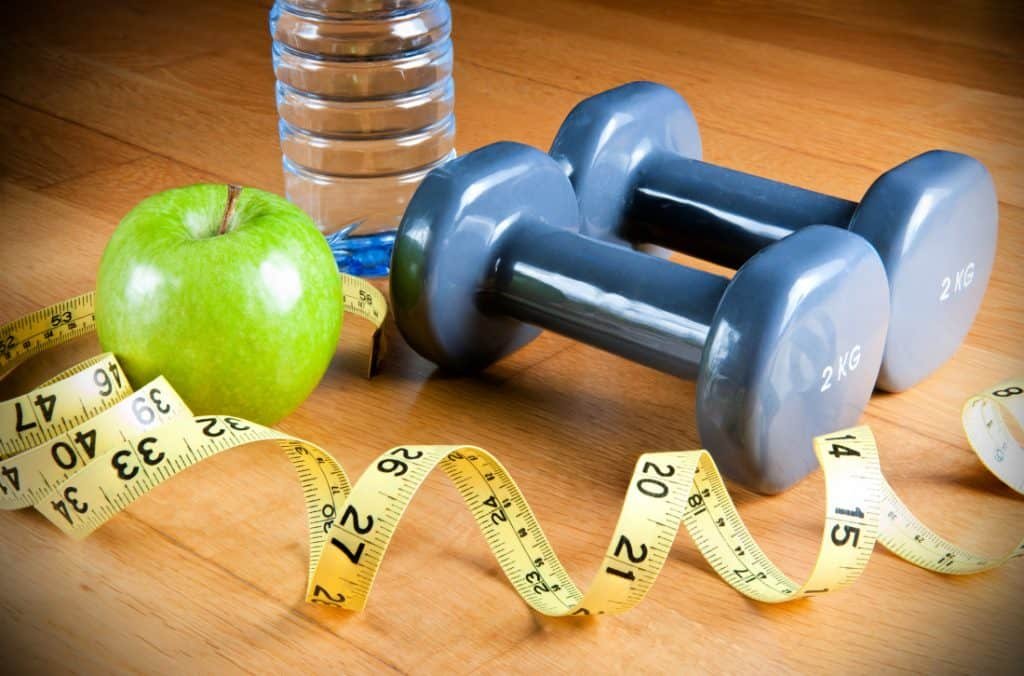
How Can Exercise Reduce Stress? And How It Is a Stress Reliever
Physical activity, such as exercise, improves blood circulation in your body. Through this, there is an increase in the production of endorphins (more commonly known as happy hormones).
These neurotransmitters give you euphoria and a sense of well-being after a workout.
Exercise can also take your mind off things that bother you. You can set aside your worries, doubts, and fears when you are busy moving around.
Physical activity can help you focus on your body. With mindfulness (yoga) and breathing exercises, your mind becomes relaxed while exercising. This can give you clarity of mind and calmness.
There is also an improvement in mood after working out. The more you exercise, the happier you will be.
This feeling is cumulative. With a more positive disposition, you can respond positively to everyone and everything around you.
Ultimately, exercising can help optimize your health. Physical activity lowers cholesterol and sugar levels, thereby managing hypercholesterolemia and diabetes.
It can also stabilize your blood pressure.

Here are other benefits that exercising can give you, aside from all these stated above:
- Strengthen your muscles and bones
- Boosts your immune system and inflammatory response
- Improve blood circulation
- Helps control weight
- Boosts energy
- Helps stabilize sleeping patterns
- Improves self-esteem and self-image
What types of Exercise Help with Stress?
Almost any kind of exercise can help with stress relief. Moderate aerobic exercises such as:
- Brisk walking or jogging
- Running
- Biking
- Swimming or water aerobics
- Dancing
- Rowing
- Playing tennis or racquetball
You can also try weight-lifting for muscle building and strengthening. Other physical activities that can help reduce stress include gardening, mountain o rock climbing, or hiking.
You can also try yoga, tai chi, Pilates, kickboxing, or martial arts. Team sports are also good examples of exercise.
Breathing exercises can reduce stress, too. These are slow, deep regular breaths as you learn to control your respiratory muscles.
Breathing exercise is easy to learn and can be done anytime, anywhere. This, in effect, is a form of relaxation.
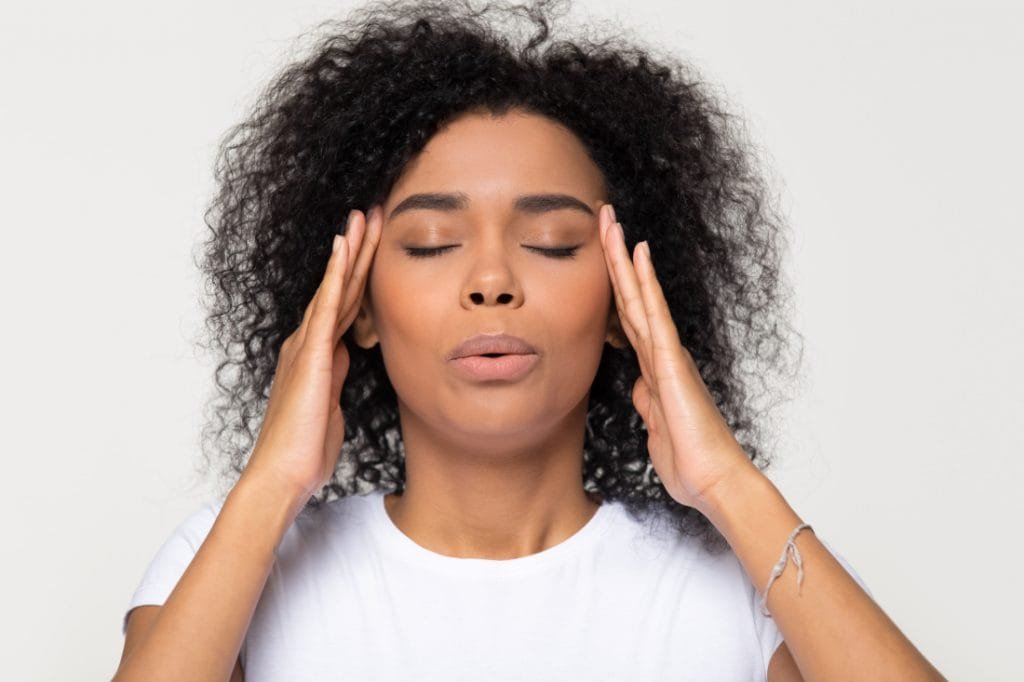
Here is how to do your breathing exercises:
- Breathe in slowly and deeply, pushing your stomach out to maximize the use of your diaphragm.
- Hold your breath briefly.
- Exhale slowly.
- Repeat this multiple times as you slowly relax.
You can use this exercise during a stressful event, as a way of clearing your head and calming down. Do this routinely and this will become an automatic response to stress once you are used to it.
Additionally, mental exercises can significantly reduce stress. Harness your mind in reducing stress as it occurs.
One way of doing this is through journaling. Writing down your thought and feelings can help you focus, assess, and act more clearly and accordingly.
This is beneficial especially when you cannot think clearly. Journaling is like a form of mental stress-release, done more quietly, with no risk of judgments.
Another form of mental exercise is meditation.
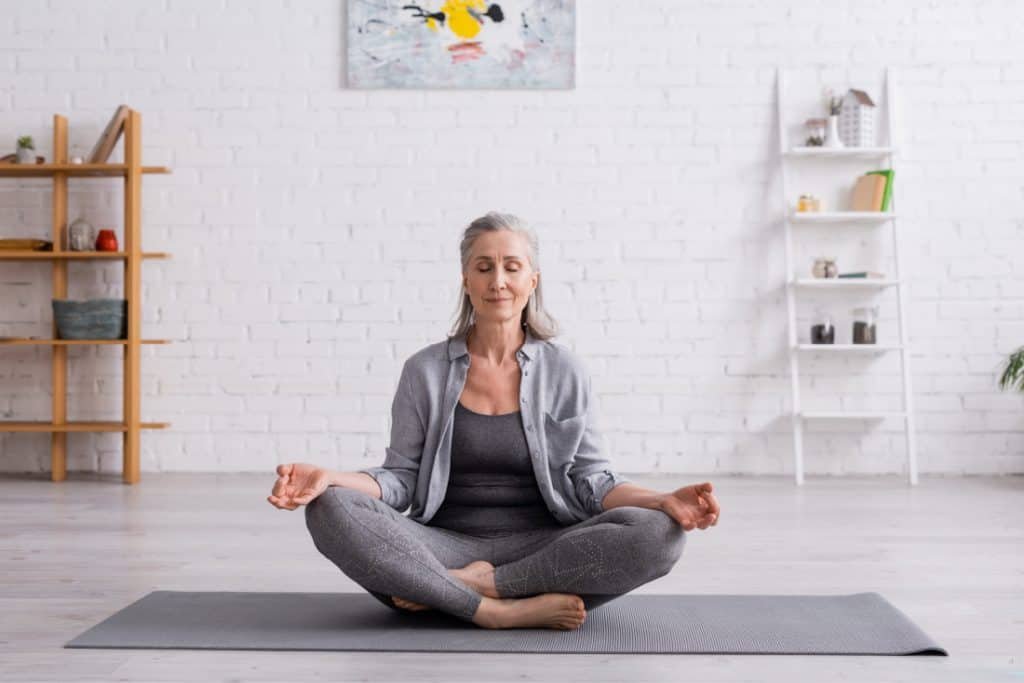
Meditation is the unity of the body and the mind.
It has been proven that meditation can reverse the physiological effects of stress. It can slow your heart rate, regularize your breathing, reduce adrenaline levels, and reduce oxygen consumption in your body.
When doing mindfulness meditation, you become aware of your emotions and thoughts, and of your bodily sensations.
To start meditating, you have to select a time and place that is free of distractions and interruptions. It should be quiet and private.
A semi-darkened room is the best place to meditate as it hides the distractions in the room. Void before you meditate so as not to interrupt your session.
Don’t meditate on a full stomach as being full might make you sleepy. Next is to get comfortable.
You can meditate by standing or sitting down. Your body position should be comfortable enough to allow your body to relax easily.
Physical discomfort can distract you during meditation. Find a comfortable chair or spot where you can sit.
Rest your hands on your laps or just lay them on the floor. Wear comfortable clothes as well.
Be in a room that is not too cold, or too hot. Breathe in and breathe out, allow your brain to be aware of your breathing pattern.
Close your eyes to block out external stimuli. Let go of your worries and fears, and allow your mind to go blank.
Try to achieve a relaxed, passive mental attitude. Concentrate on a mental object.
This may be a candle or any neutral object that will help you relax. A mantra or chant can also help.
The mantra, phrase, or word do not matter; it’s the repetition that counts. This will help you block out any ordinary thoughts and sensations.

Doing this routinely every day can be beneficial in stress management.
Managing stress through physical activity is an excellent way of achieving good mental health!
